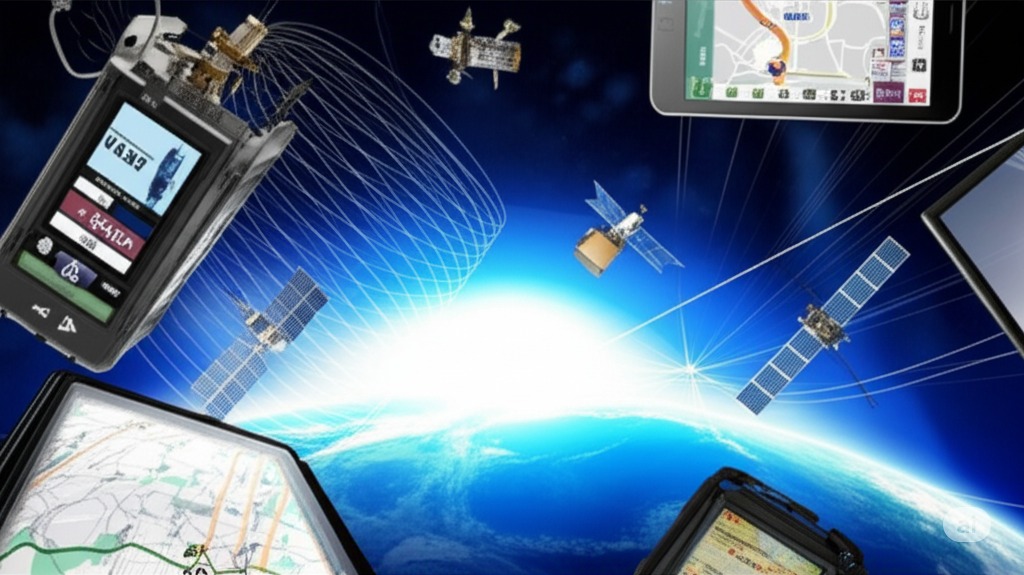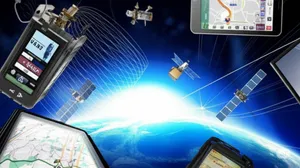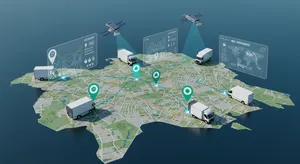Asset Management Categories
- Real-time location tracking with 30-second updates
- Geofencing solutions for unauthorized movement alerts
- Automated alerts for theft prevention and recovery
- Historical data recording for pattern analysis
- ROI impact analysis showing 12-15% cost reduction
Implementation of GPS tracking systems reduces operational costs through improved resource allocation and theft prevention, enabling data-driven decisions that optimize asset utilization.




